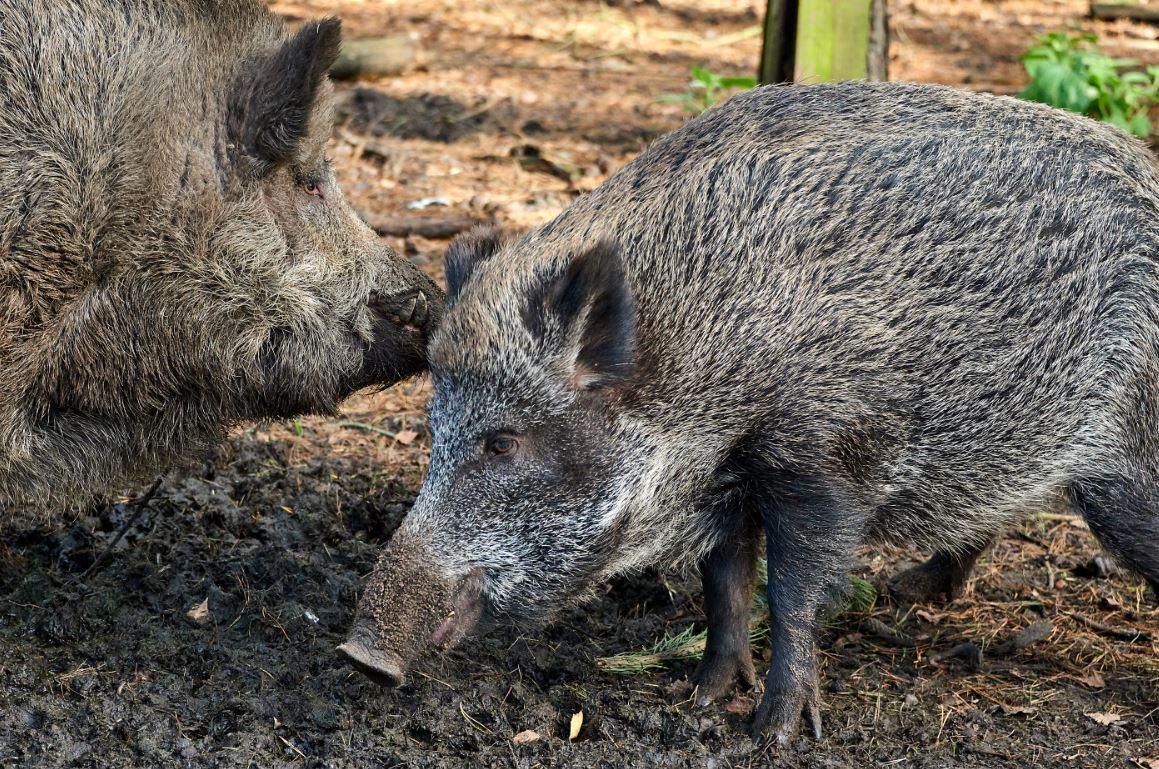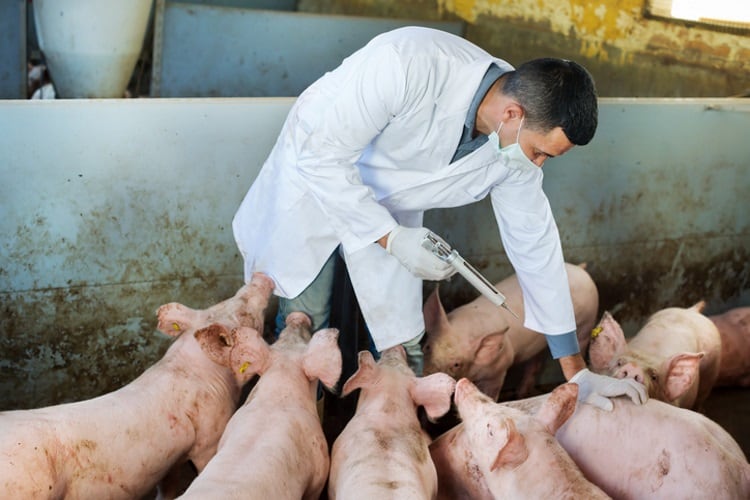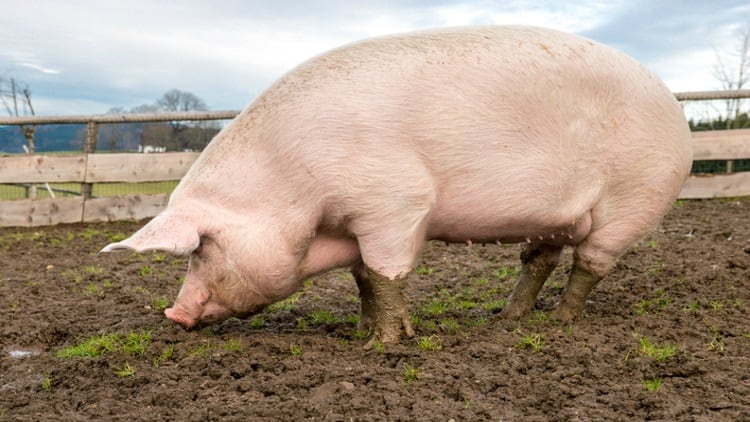In its latest annual update report; ‘Epidemiological analyses of African swine fever in the European Union’, EFSA claims the persistence of the disease in wild boar and the limited number of control measures available represents a challenge for the whole EU agricultural sector, in particular the pig farming industry.
Nine affected countries
It found during the period covered by the report – November 2018 to October 2019 – Czechia became officially ASF-free. However, the disease was confirmed as present in Slovakia, which means there are nine affected countries in the EU.
“In 2019, the area of the EU affected by ASF expanded progressively, moving mainly in a south-western direction,” it states in the report.
“African swine fever is a viral disease of pigs and wild boar that is usually deadly. There are neither vaccines nor cures. For this reason, it has serious socio-economic consequences in affected countries. Humans are not susceptible to the disease.”
Typical signs of ASF are similar to swine fever. Symptoms include fever, loss of appetite, lack of energy, abortions, internal bleeding, with haemorrhages visible on the ears and flanks. Sudden death may occur. Severe strains of the virus are fatal.
The way the disease spreads is via contact with infected animals, ingestion of meat or meat products from infected animals, contact with anything contaminated by the virus, bites by infectious ticks and movement of infected animals.
ASF is endemic in sub-Saharan Africa. In Europe, it has been endemic in Sardinia for several decades. In 2007 outbreaks occurred in Georgia, Armenia, Azerbaijan and the European part of Russia, Ukraine, and Belarus.
From Russia and Belarus, the disease spread to the European Union. Lithuania reported cases of ASF in wild boar for the first time in January 2014. Poland followed in February 2014 and Latvia and Estonia in June and September of the same year. The disease continued to spread and, by the end of 2019, it was present in nine EU Member States: Belgium, Bulgaria, Slovakia, Estonia, Hungary, Latvia, Lithuania, Poland and Romania.
The report shows all phases of the epidemic are now represented in the EU: areas recently affected following either an isolated introduction or geographic expansion from affected areas; affected areas that are expanding; areas where ASF infection has been present for some time, including areas where ASF seems to be fading out; and non-affected areas.
The situation varies substantially between Member States, due to multiple influences including the structure of domestic pig production, geographical conditions, and the characteristics of the wild boar population.
“Backyard (non-commercial) farms present particular challenges for an ASF eradication programme, such as uncontrolled movements of pigs and people, poor biosecurity and the identification of holdings,” it states.
According to EFSA, improved surveillance, communication and collaboration are key to controlling the spread of ASF in Europe.
In claims the chances of the disease spreading among the nine European countries within one year of introduction are very high (66%-100%). However, the chances of the disease spreading west into other EU Member States within the same timeframe is low (0%-15%).
Control measures
Control measures, which have been in place in the EU since 2014, should continue to focus on early detection and preparedness, including: rigorous surveillance of wild boar and domestic pigs; measures to limit access of wild boar to food; awareness campaigns for travellers, hunters, farmers; collaboration among national authorities and training for veterinary officers and other relevant bodies.
In conclusion, the report states; in non‐infected populations, recreational hunting of wild boar and feral pigs can be effective as a means to maintain population stability, however, biased hunting preferences towards large males and feeding of wild boar should be avoided. Hunting efforts should be increased in intensity (harvest rate > 67% per year) to stabilise wild boar populations.
Drastic reduction (up to 80%) in the feral pig populations has been reported with control programmes in which pig hunting is conducted from a helicopter or through a combination of trapping and intense drive hunting with dogs. Rapid recovery of the population has been reported, up to 77% the year following these interventions.
The parenteral use of a GnRH immunocontraceptive vaccine has been demonstrated to reduce the fertility of feral pigs kept under experimental conditions. Research is needed, however, to investigate the presence of potential residues of GnRH in meat, and the potential of oral vaccine delivery in a selective manner to avoid non‐target species.
Poisoning of feral pigs has been shown to be a highly efficient method to reduce local populations. In the EU, however, poisoning of wild boar is forbidden under biodiversity conservation legislation.
Any preventive measures to reduce wild boar density should focus on: habitat carrying capacity - to limit the carrying capacity of local habitats for wild boar including a complete ban on feeding wild boar and strategies to improve crop protection.
Culling of wild boar. Hunting yields should be substantially increased to reduce wild boar density and achieve sustainable management of these populations.
In specific areas, fencing could be considered, in combination with other measures, to reduce movement of wild boar between different areas.
“There are significant gaps in knowledge on the epidemiology of ASF in Europe, including the contact rate between wild boar and carcasses, the contact rate between groups, and potential role of vectors in ASF spread (including insects) or mechanical vectors. Further research in each of these areas is recommended,” the authors said in the report.
“Regulations should be developed for home slaughtering and appropriate controls enacted, to limit the circulation of infected meat.”
Source: EFSA
Title: Epidemiological analyses of African swine fever in the European Union (November 2018 to October 2019)
Published: January 30, 2020
DOI: 10.2903/j.efsa.2020.5996



